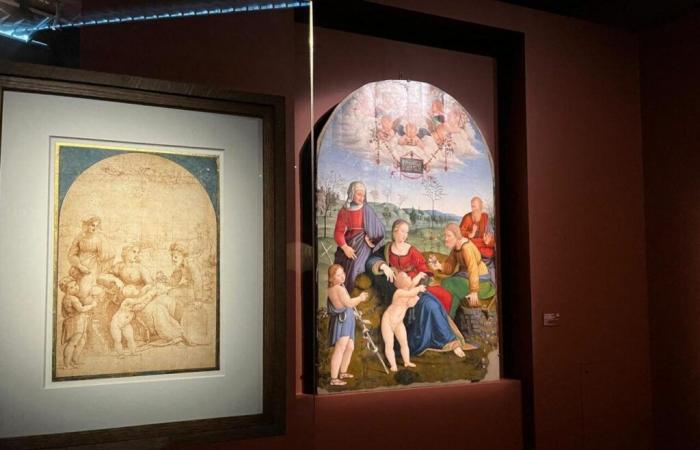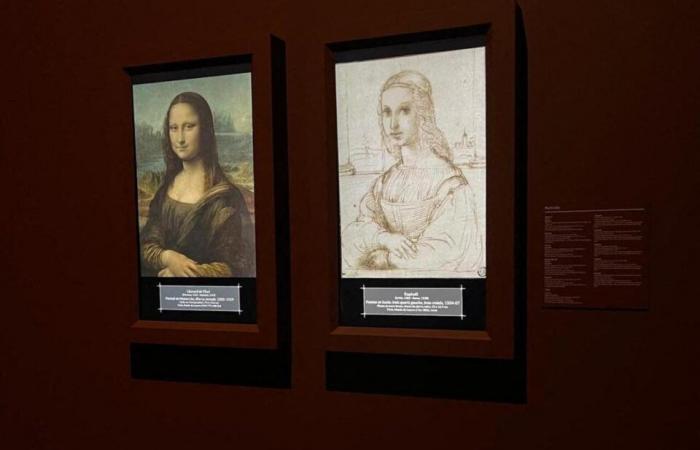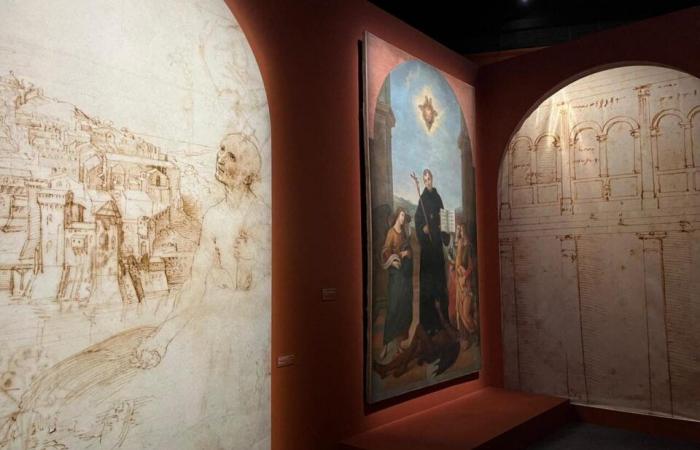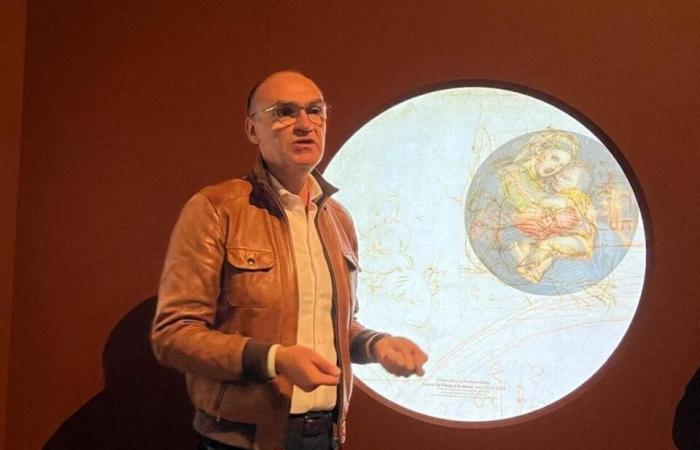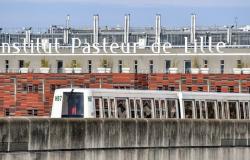Par
Amandine Vachez
Published on
20 oct. 2024 à 17h46
See my news
Follow Lille News
This exposition d’exception was expected by art lovers, Lille (North) and well beyond. “Experience Raphaël” offers visitors the opportunity to enter behind the scenes of the creation of this Italian Renaissance geniuscontemporary of Leonardo da Vinci and Michelangelo. Unpublished works are presented, in this experiential journey taking you closer to the “secrets” of masterpieces that have become world famous.
The exhibition designed around a legacy of 37 drawings
It is around its collection of 37 authenticated drawings by Raphaël that the Palais des Beaux-arts built its exhibition, with various partners, including the European Metropolis of Lille and the Drac. These drawings, from the Wicart legacy, have sometimes never been shown to the public, at least not in this way, on both sides.
Presented by the new director of the museum Juliette Singer, this exhibition was designed and managed for almost its entirety (3 years of work) by her predecessor Bruno Girveau. “It’s an extraordinary fund that we have here,” underlines the director.
Sublimated designs
“The museography sublimates the drawings presented for some for the first time,” insists Juliette Singer, who presents the artist in a few words: “He is recognized for his angelic drawings. Died young, on Good Friday, he achieved exceptional prosperity. »
In this route littered with large luminous arches, we witness an unprecedented highlighting of Raphaël’s drawings. “We offer an experience visit, like the Goya exhibition,” explains Régis Cotentin, exhibition co-curator, with a setting that is “historical, artistic and graphic at the same time. » This is thanks to a fun journey, which takes the visitor in the footsteps of the artist, from his childhood to his arrival in Florence with his contemporaries and up to his life in Rome.
Life journey, artist journey
In this tour, we follow the life of this painter, and the key stages of his artistic creation. We discover a boy from Urbino, “almost born in a workshop, his father was a painter, he was always immersed in this environment”, presents Cordélia Hattori, co-curator of the exhibition.
If there is much unknown around the life of this child orphaned at 11 years old, we reconstruct part of his journey through significant events, such as his first order in 1500, after his arrival in Perugia: the Altarpiece of Saint Nicholas of Tolentino. A work damaged in an earthquake, the sketch of which is in the Lille collections.
We are immersed along the way in the technical construction of great religious worksbefore being taken to discover the famous madonnas and some of their creative secrets. “We know that men posed, for the representation of the Virgin for example, it was forbidden to have female models at the time,” quotes Cordelia Hattori.
We discover the young man amazed by his meeting with da Vinciolder, and marked by the influence of Michelangelowith whom the understanding has not always been cordial. From self-portraits to descriptions and representations of his contemporaries or more modern artists, the veil is lifted on the creative richness and very disciplined method of this artist who participated in ambitious projects in Florence or Rome. Highlight of the visit, a virtual tour of the Vatican’s Chamber of Signature, one of four Raphael’s Rooms (“Raphael’s Rooms”).
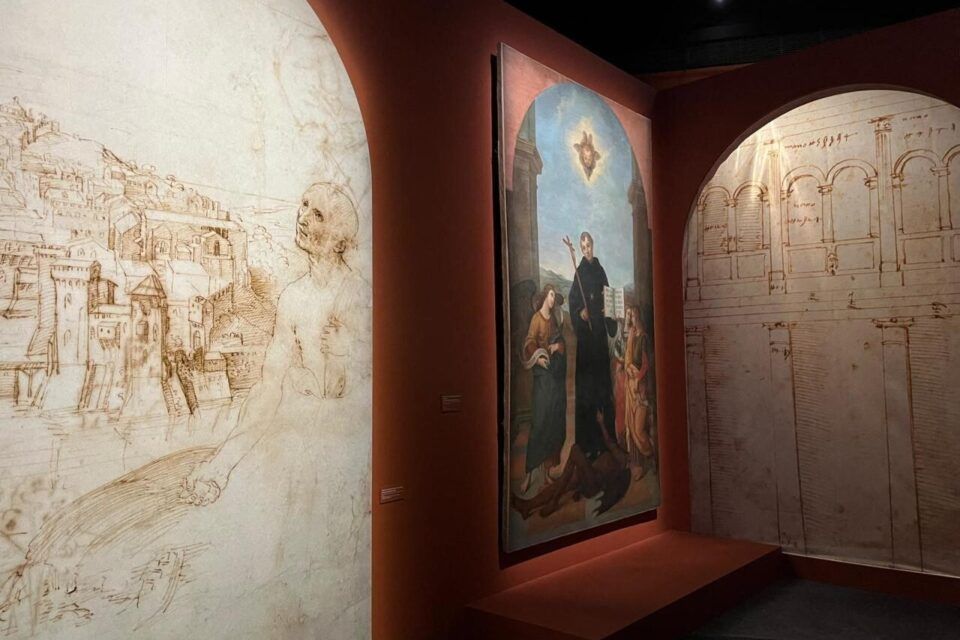
Closer to the artist’s features
What makes the exhibition so special is that the scientific work produced by the C2RMF is highlighted. The visitor has the feeling of being privileged, having access to the revelations of research carried out for the event. Five sheets, containing 10 drawings, were studied by the specialists, to “map the underlying features of the colorless, but not invisible, drawings”, presents Éric Pagliano, chief curator in charge of graphic arts for the structure.
With the naked eye in this arrangement and with the chosen lighting, the visitor observes the various stages of creation, detailed in augmented reality presentations. “What is striking is the rigor of the artist,” underlines Régis Contentin, who had promising skills very early on. We perceive the geometric shapes for the layout, then the key elements, around which the design is then built which will remain visible.
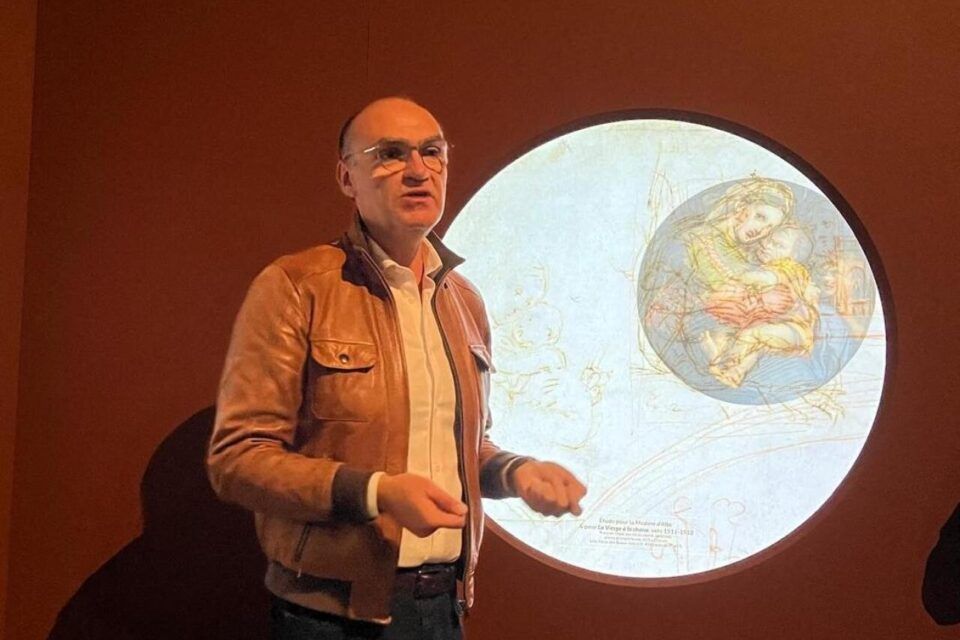
With this unprecedented spotlight, the man we call the “painter of Madonnas” is, more than 500 years after his death, still amazed by his genius. And there is still a lot of mystery surrounding this fascinating figure who, if she did not paint the famous Mona Lisawill have left a very beautiful trace of his existence with brush and charcoal.
Exhibition visible until February 17, 2025 at the Palais des Beaux-arts, Place de la République in Lille. Entrance: 8/5 euros. Find out more, know the program around the exhibition: official website of the Palais des Beaux-arts.
Follow all the news from your favorite cities and media by subscribing to Mon Actu.

